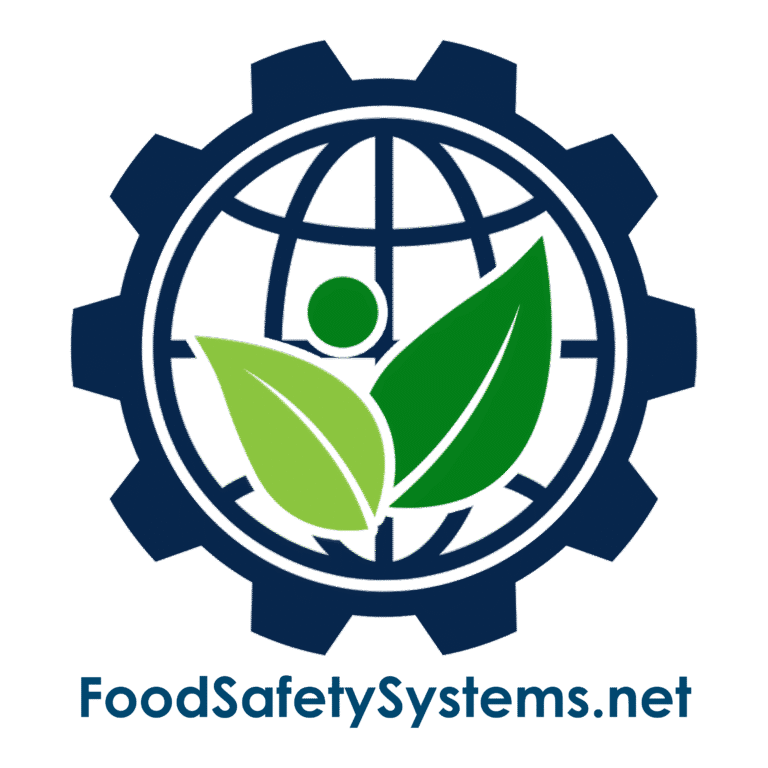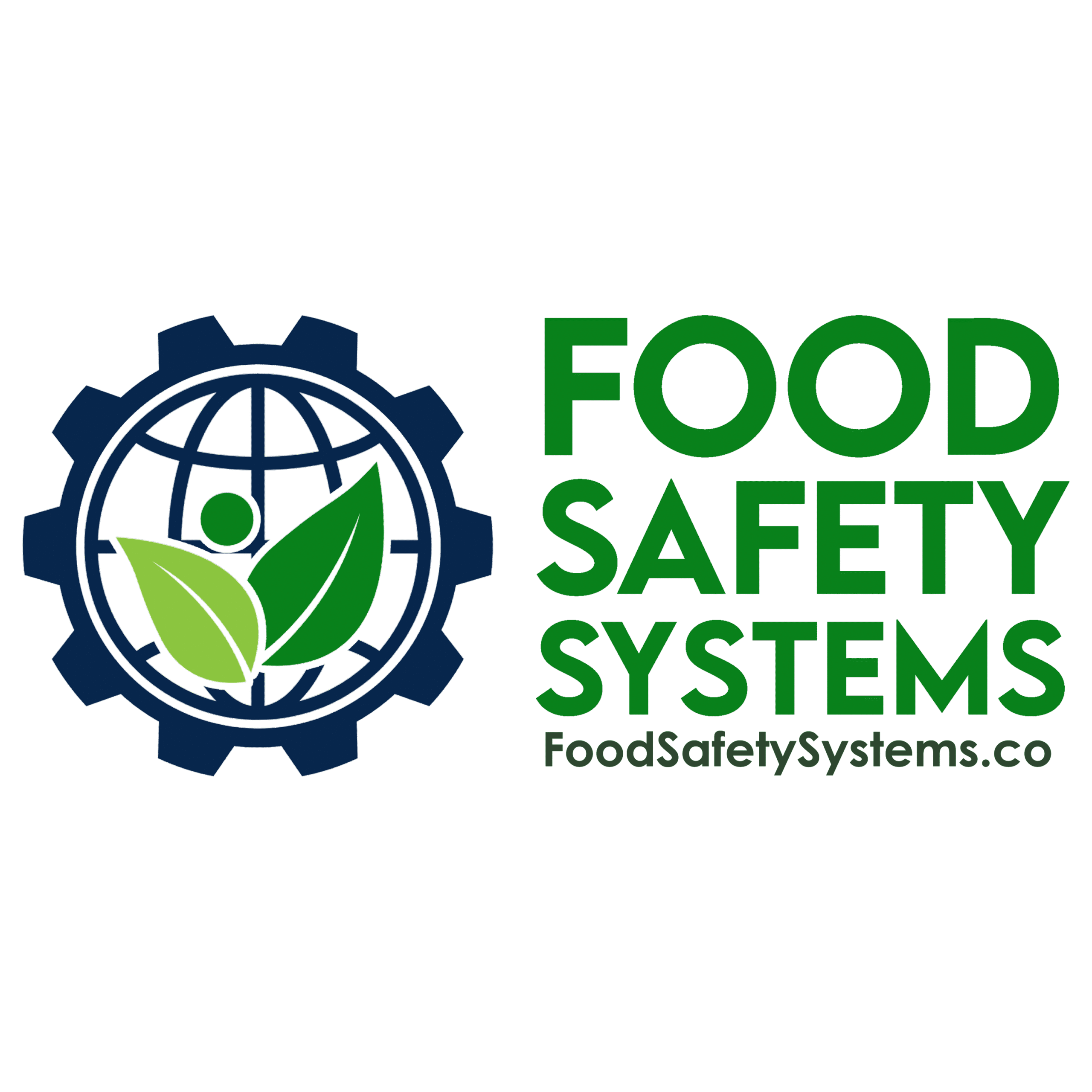Allergen Management

Aligned with FSSC 22000 – Food Safety Management Requirements
Requirement Overview
FSSC 22000 requires that food businesses implement effective allergen management programs to identify, control, and prevent allergen contamination throughout the supply chain, production processes, and product labeling.
This includes hazard analysis, operational controls, cross-contact prevention measures, and accurate consumer information.
Failure to control allergens is one of the most common causes of food recalls and can present a significant public health risk to allergic consumers.
Aligned with BRCGS for Storage & Distribution Issue 4 – Clause 4.3.1 & 4.3.3
Requirement Overview
BRCGS for Storage & Distribution requires that products moved via cross-docking are traceable and controlled at all times, even when they are not held in storage for extended periods.
Clause 4.3.1: “The company shall ensure that traceability is maintained at all stages, including during cross-docking operations.”
Clause 4.3.3: “Procedures shall be in place to ensure that all products handled, including those not stored on-site, remain under control and are not subject to contamination or substitution.”
Cross-docking operations must not compromise product traceability, safety, or integrity. Even with minimal handling and temporary presence, each product must be accurately identified, documented, and protected.

Key Compliance Objectives
-
✓ Identify and assess all allergenic materials on site
✓ Prevent unintended allergen cross-contact
✓ Ensure correct allergen labeling on packaging
✓ Train staff in allergen awareness and control measures
✓ Maintain allergen control records for traceability and verification
Step-by-Step Compliance Implementation
1. Conduct an Allergen Risk Assessment
-
Assessment Activities:
-
• Identify allergens handled on-site (based on applicable local or international regulations)
• Evaluate risk at every step—receiving, storage, production, cleaning, labeling
• Assess vulnerability to cross-contact and mislabeling
Evidence to Maintain:
-
• Allergen risk assessment documentation
• Updated allergen matrix and process flow diagrams
• List of allergenic raw materials with supplier specifications
- • Identify allergens handled on-site (based on applicable local or international regulations) • Evaluate risk at every step—receiving, storage, production, cleaning, labeling • Assess vulnerability to cross-contact and mislabeling
- • Allergen risk assessment documentation • Updated allergen matrix and process flow diagrams • List of allergenic raw materials with supplier specifications
2. Establish Allergen Handling Procedures
-
Control Measures Should Cover:
-
• Segregated storage of allergenic ingredients
• Dedicated equipment or validated cleaning protocols for changeovers
• Scheduling strategies to minimize risk (e.g., allergen-to-non-allergen sequencing)
Evidence to Maintain:
-
• SOPs for allergen handling and cleaning
• Line clearance and changeover checklists
• Visual or color-coded identification systems
- • Segregated storage of allergenic ingredients • Dedicated equipment or validated cleaning protocols for changeovers • Scheduling strategies to minimize risk (e.g., allergen-to-non-allergen sequencing)
- • SOPs for allergen handling and cleaning • Line clearance and changeover checklists • Visual or color-coded identification systems
3. Verify Label Accuracy and Packaging Controls
-
Label Control Actions:
-
• Check all labels against the approved product formulation
• Implement label approval and verification procedures
• Ensure correct packaging is used at all times
Evidence to Maintain:
-
• Label verification records
• Final pack checks and label reconciliation logs
• Approved product labels with allergens clearly highlighted
- • Check all labels against the approved product formulation • Implement label approval and verification procedures • Ensure correct packaging is used at all times
- • Label verification records • Final pack checks and label reconciliation logs • Approved product labels with allergens clearly highlighted
4. Train Staff in Allergen Awareness
-
Training Should Include:
-
• Regulated allergens (e.g., “big 8” or regional equivalent)
• Cross-contact risks and control points
• Emergency procedures in case of allergen exposure
Evidence to Maintain:
-
• Training materials and attendance sheets
• Post-training assessments or quizzes
• Annual refresher training schedule
- • Regulated allergens (e.g., “big 8” or regional equivalent) • Cross-contact risks and control points • Emergency procedures in case of allergen exposure
- • Training materials and attendance sheets • Post-training assessments or quizzes • Annual refresher training schedule
5. Monitor, Audit, and Improve
-
Ongoing Controls:
-
• Internal audits of allergen storage and labeling processes
• Periodic review of allergen risk assessments
• Investigation and corrective actions for allergen-related complaints or incidents
Evidence to Maintain:
-
• Internal audit results and non-conformance reports
• Updated SOPs based on findings
• Corrective and preventive action (CAPA) records
- • Internal audits of allergen storage and labeling processes • Periodic review of allergen risk assessments • Investigation and corrective actions for allergen-related complaints or incidents
- • Internal audit results and non-conformance reports • Updated SOPs based on findings • Corrective and preventive action (CAPA) records
Common Audit Findings & Recommended Fixes
| Audit Finding | Recommended Action |
|---|---|
| Unsegregated storage of allergens | Implement physical barriers, labeling, or color-coding systems |
| Mislabeling or incorrect allergen information | Review label approval workflows and final pack checks |
| Lack of allergen risk assessment | Perform and document a risk assessment for each product line |
| Incomplete training records | Schedule regular allergen training and maintain attendance logs |
Auditor Verification Checklist
Auditors may review:
-
• Allergen risk assessment and allergen matrix
• Allergen-handling SOPs and changeover records
• Label verification records and controls
• Staff training documentation on allergen awareness
• Internal audits and evidence of continual improvement
Implementation Roadmap
Build Your Allergen Control Program
-
✓ Identify all allergens handled on-site
✓ Conduct and document a risk assessment
✓ Establish allergen handling SOPs
Train and Execute
-
✓ Train all relevant staff on allergen risks and controls
✓ Implement segregation, scheduling, and cleaning procedures
Verify and Monitor
-
✓ Conduct label checks, internal audits, and cleaning verifications
✓ Track corrective actions for any deviations
Improve Continuously
-
✓ Update allergen controls based on complaints, recalls, or process changes
✓ Review allergen risk annually or when introducing new products
Why This Matters?
-
✓ Prevents life-threatening reactions in allergic consumers
✓ Reduces the risk of costly allergen-related recalls
✓ Demonstrates robust product safety management under FSSC 22000
✓ Strengthens consumer trust and brand reputation
Support Tools Available
Food Safety Systems provides:
-
✓ Allergen risk assessment templates
✓ Allergen matrix and SOP templates
✓ Label review forms and training materials
✓ Internal audit checklists for allergen control
Privacy Policy | Terms of Service
Powered by interlinkIQ.com, Developed by ITBlaster.net, Owned and Operated by Consultare Inc. Group, A Compliance Company. All Rights Reserved.







